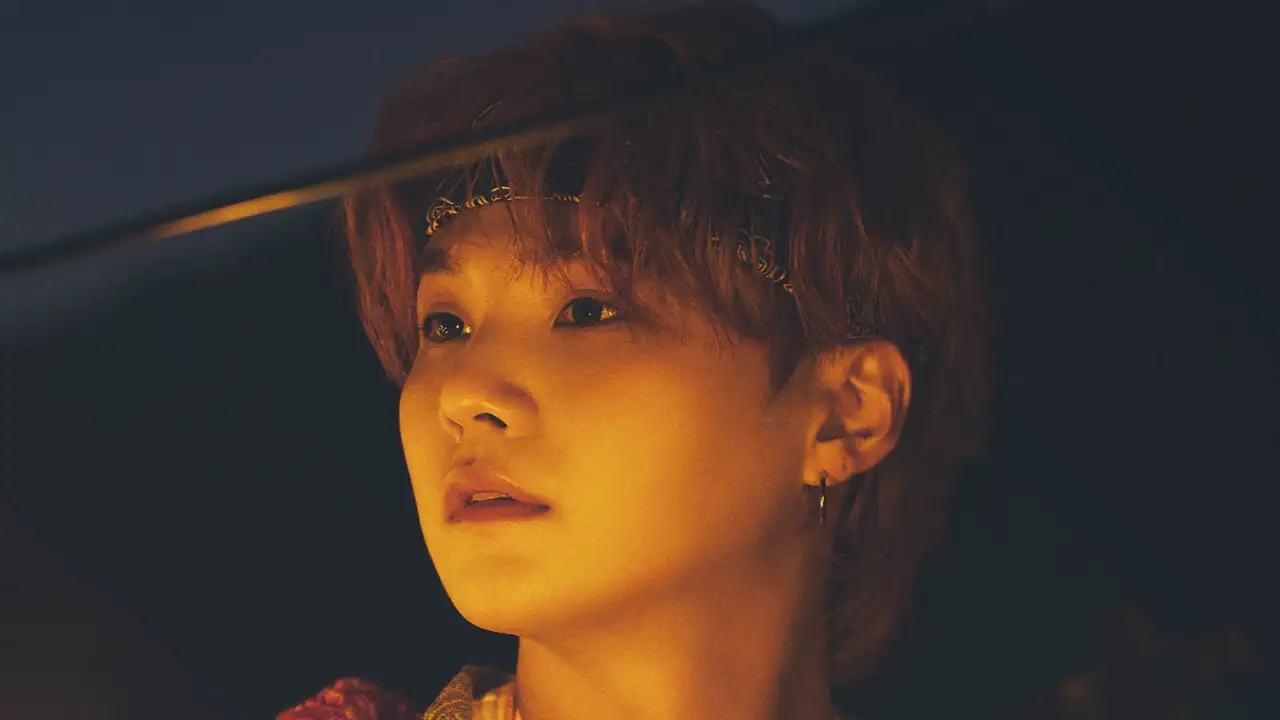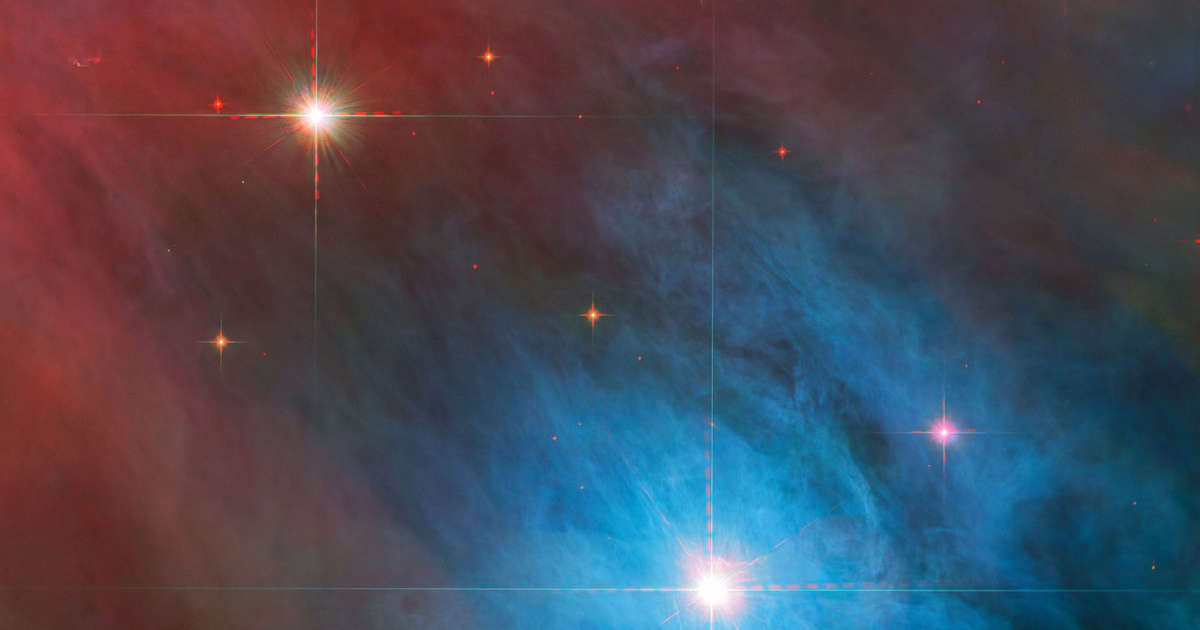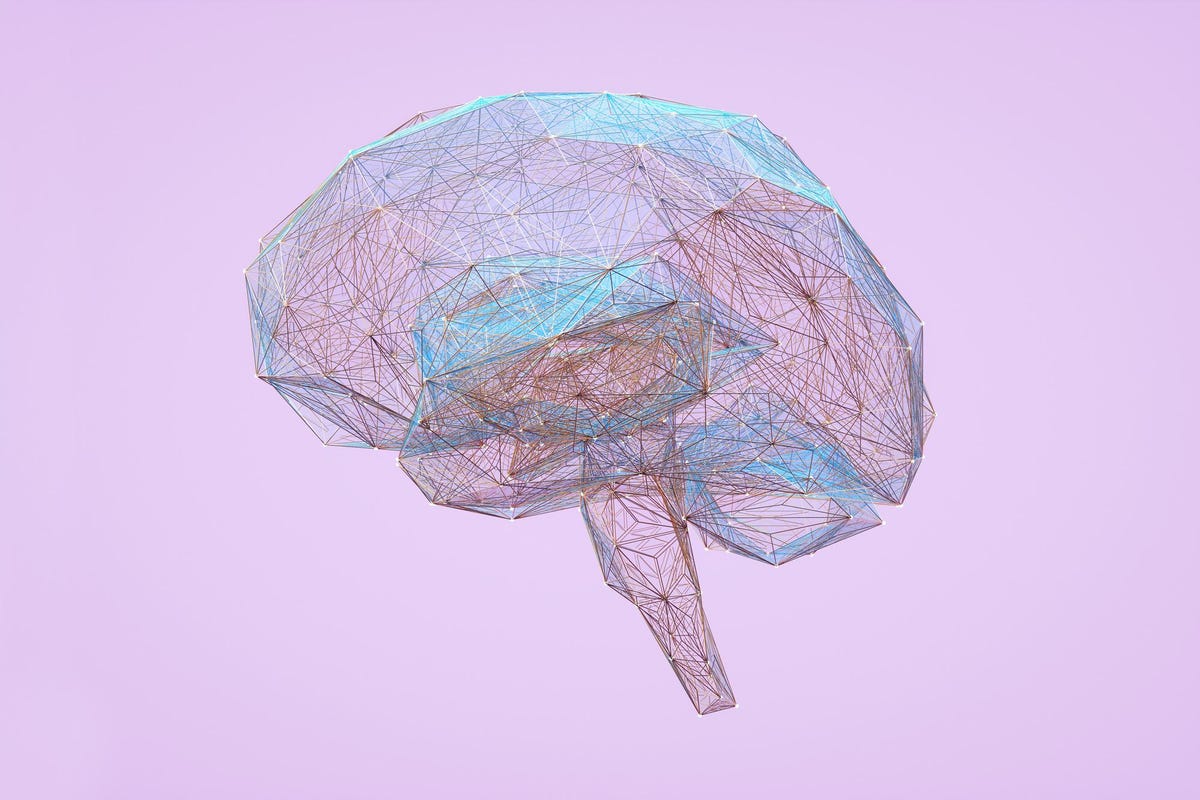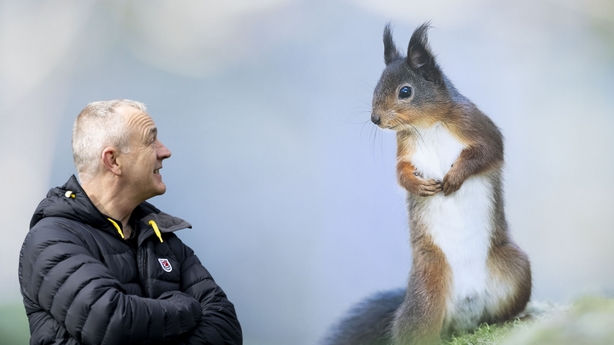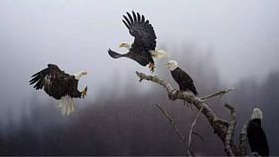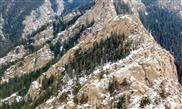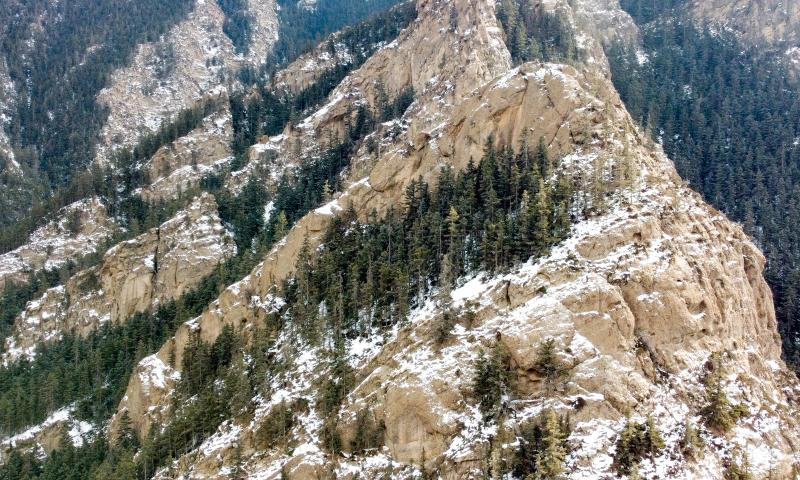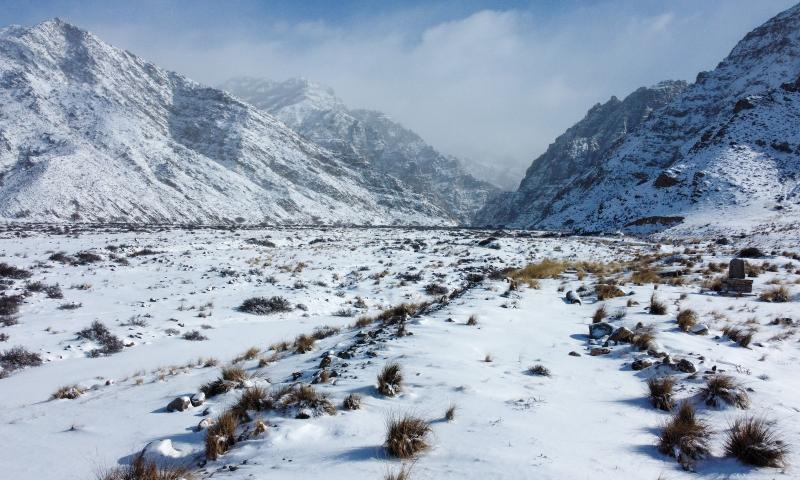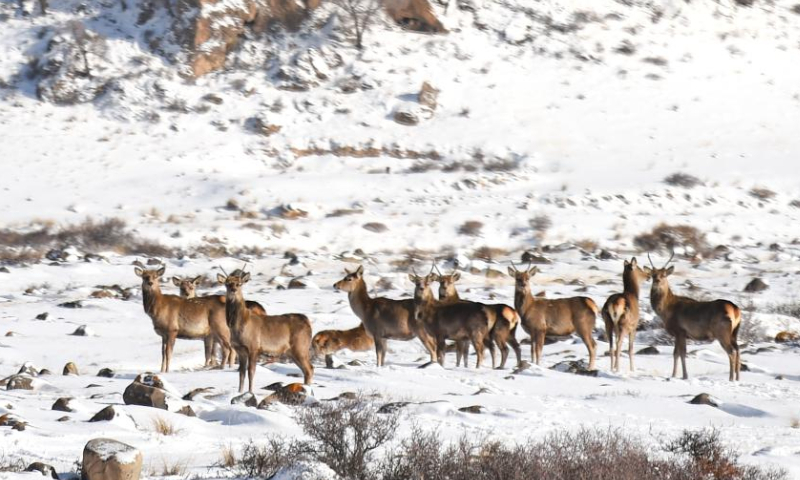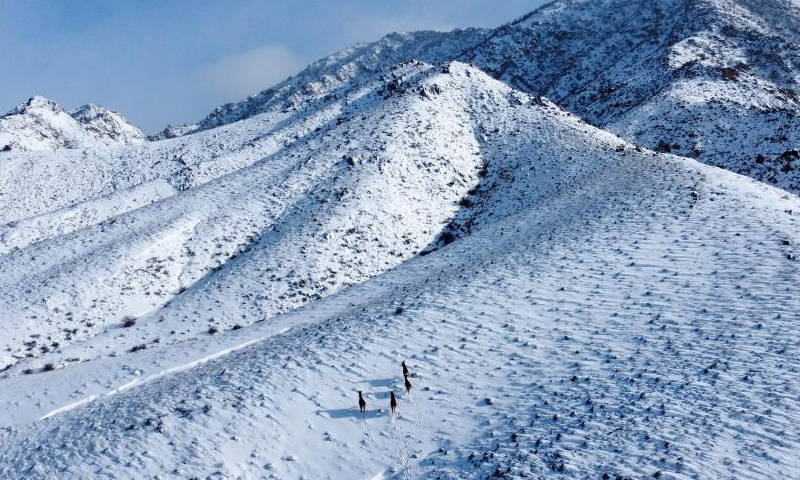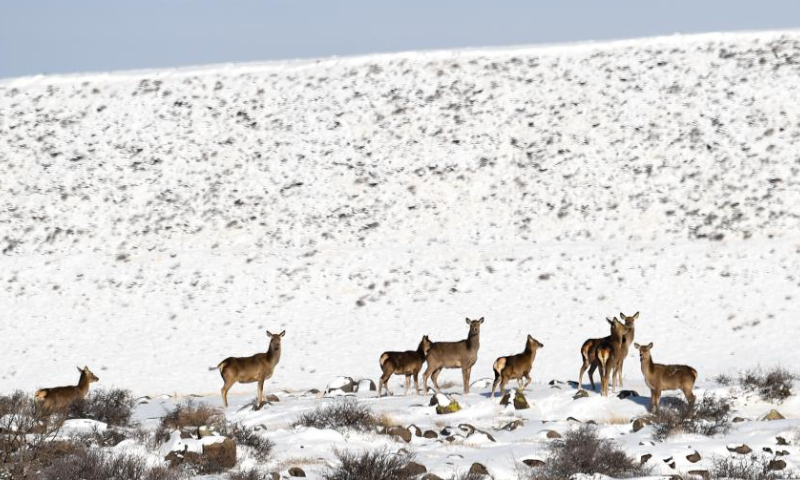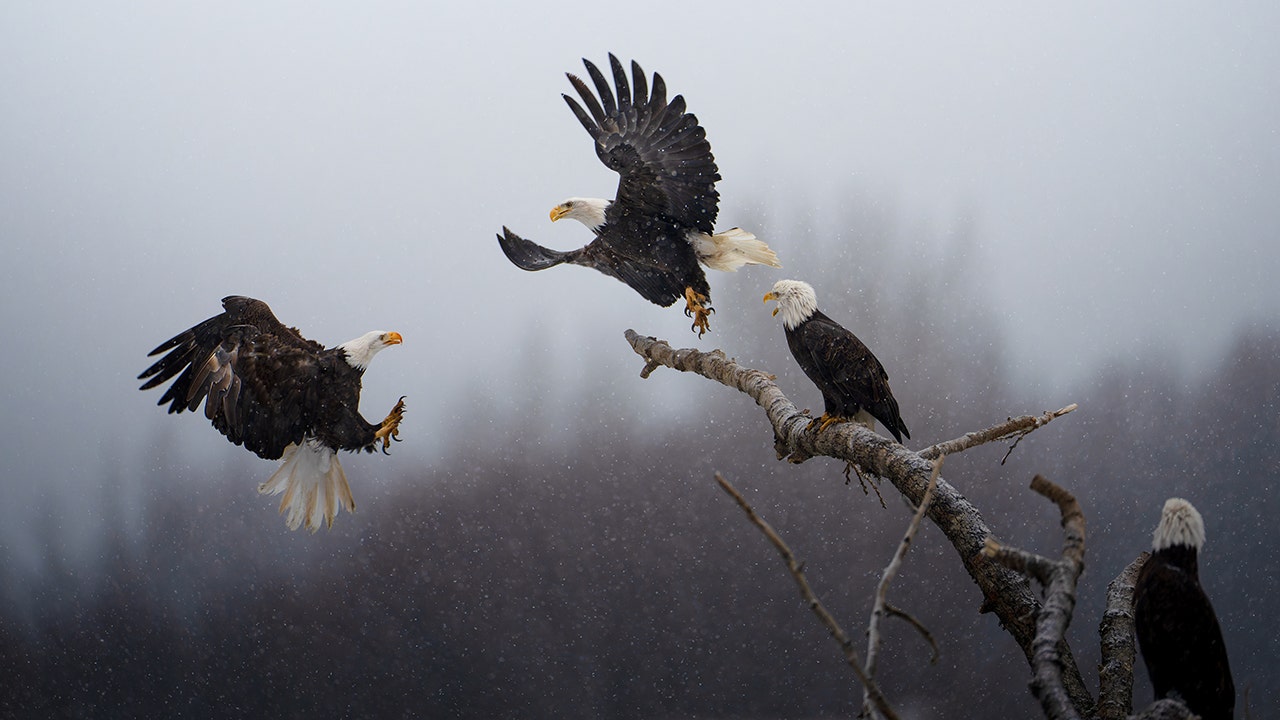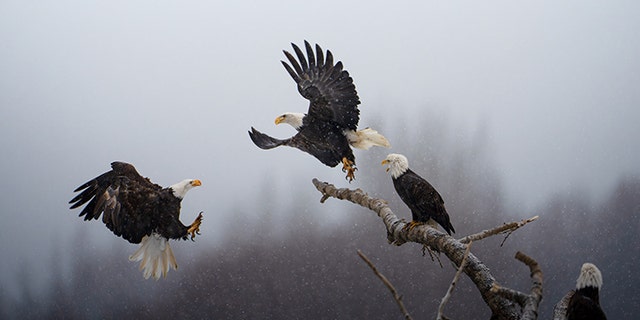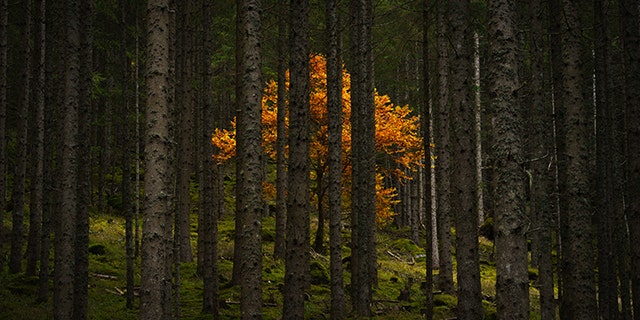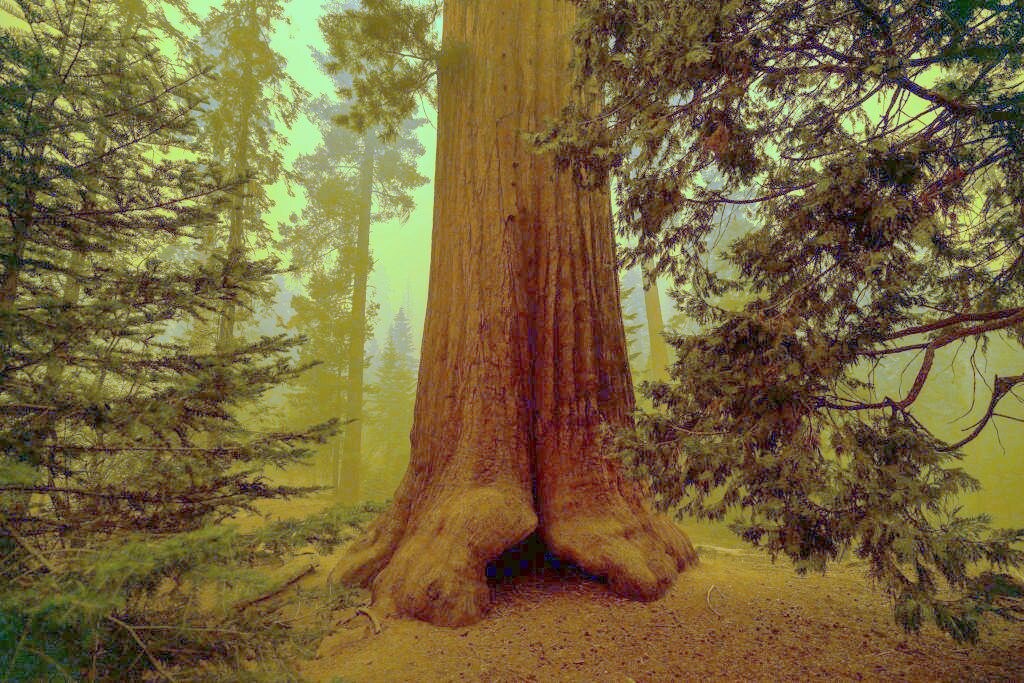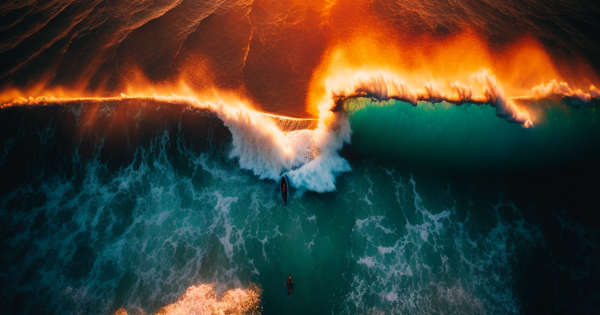
© Absolutely AI
A cropped version of the competition-winning image created by Absolutely AI
It’s the golden hour on a beach somewhere, and sun-kissed waves are crashing around two surfers as they venture into the ocean. The scene is captured in a captivating aerial photo taken with a drone by ‘Jane Eykes’, and the image, a cropped version of which you can see above, won a photography contest hosted by Australian photo retailer digiDirect.
But all is not as it seems. It was not Jane Eykes who took the photo, nor is this even a photograph at all, as we know it – it’s an entirely AI-generated image created by Australian company Absolutely Ai (under that pseudonym).
Using Midjourney, an image-generation program in the mold of Dall-E, fed with with simple prompts such as ‘two surfers, sunrise, beautiful lighting, drone shot, wave crashing’, Absolutely Ai entered the resulting image into the competition as a test of how far AI-generated images have come. Pretty far, it turns out.
“The surfers in our image never existed. Neither does that particular beach or stretch of ocean,” Absolutely Ai says. “[the image is] made up of an infinite amount of pixels taken from infinite photographs that have been uploaded online over the years by anyone and everyone, and what you’re left with is a new, entirely convincing award winner.”
This story adds a new thread the snowballing conversation around AI in art. I spoke with Absolutely Ai’s founder Jamie Sissons, an award-winning professional photographer – in the documentary genre, ironically – about the significance of AI-generated imagery for the organizers of and entrants to photography competitions, and for the wider photography world.
Just how good are AI-ggenerated images right now?
In the 24 hours after digiDirect shared the image as the winner of its ‘Summer Photo’-themed contest on Instagram, there were plenty of complimentary comments about it. Put simply, no one thought the image was suspect.
Absolutely Ai then publicly confessed its experiment to digiDirect and forwent the prize money, and the story made the news across Australia. Now that it’s in the spotlight, the winning image has come under intense scrutiny, especially from photographers. That scrutiny is less about its aesthetic quality – it’s a lovely looking drone shot – but whether it is convincing or not.
“I say it is a convincing image because no one had the reason to think otherwise”, Sissons told me. “There are things that don’t look right with it – I’d say it’s over-saturated, the wave doesn’t quite crash the right way, the run-off, the lines through the waves aren’t quite right. But even when you’re having a good look at it, it’s a convincing image.”
And that’s really the point – 95% of people do not have the critical eye for image detail and the time and/or inclination to pore over an image in great detail. We swipe our screens, pause for a moment when an image catches our eye, double-tap to like it, then scroll some more.
But this story pushes another button, especially for photographers, because the image should have been spotted as a ‘fake’. After all, this was a photography contest, judged by photography professionals, that awards photographers for their creative endeavors, and the professionals were taken in by an image that took a few word prompts to create (and from a huge pool of photos from almost entirely unknown sources, which is a whole other issue).
And this is only a taste of what’s to come. “These are still the very first iterations of what we will see from AI tech,” says Sissons. “A lot of these platforms and apps are still in testing phases, so in a year, two years, five years, who knows what it will look like?”
Should photographers be worried about AI-generated images?
AI images are not perfect. One known pitfall is hands – how many people do you know with six fingers? And AI can struggle to create a realistic image when the prompts are really specific’ Jamie uses ‘the queen playing badminton with a polar bear’ as an example. Keep the prompts broad, however, and AI is already a frighteningly effective tool.
“For my winning image, the prompts were general and could be portrayed in a million different ways,” Sissons explains. “AI is also great at doing ideas: A lonely person – it will come up with something that really fits the bill. But if you go specific – a lonely child sitting on a bench, it’s raining, the bus is late – the more it will struggle. The wider you keep it, the better the result.”
General ideas presented through images are bread-and-butter marketing and social media for businesses with an insatiable appetite for new content. “There will still be a need for photographers to cover specific ideas, but the work around broader themes in photography is under threat,” adds Sissons. ” I’d be worried if I was one of the big stock libraries.”
Indeed, when it comes to stock libraries, Getty is fighting back, suing AI image generator Stable Diffusion for $1.8 trillionfor what it believes is to be “brazen” intellectual property theft on a “staggering scale” after its watermark began appearing on Stability AI-generated images.
Man vs machine: the next chapter
Technological advances in photography – think digital photography, Adobe Photoshop and the iPhone – have historically been met with mixed, and often highly emotive, reactions, and it’s no different with AI. I contacted the World Photography Organisation for comment about how AI-generated images could impact photography competitions, and received the following statement from Founder and CEO Scott Gray:
“As a medium photography has always been at the forefront: constantly adapting and evolving, it has a singular ability to transform itself and push boundaries. We are interested in photography as an art form, and within the Sony World Photography Awards we have our Creative Categories in the Professional and Open Competitions which welcome photographers to experiment and explore the dynamism of the medium.
“With technological advancements, a wider audience of creators are engaging with lens-based work and we look forward to seeing how this can expand the reach and impact of photography.”
After Absolutely Ai revealed the true nature of its contest-wining image, digiDirect publicly acknowledged that it had indeed mistakenly awarded its prize to an AI-generated image, and chose a new winner.
For future photography contests, the photo retailer will request that winning entrants submit the raw image of their edited entries, which includes metadata about the camera used, as a guarantee of authenticity – this is already established practice for high-profile contests like the World Photography Organisation’s Sony World Photography Awards.
Upping the ante, digiDirect announced a new competition that will accept photo or image submissions. The prize money has been increased, and an expert panel of photographers will judge the entries, without knowing if the submissions have been created by humans using a camera, or artificially. It’s man versus machine – and as a photographer, I know who I’m rooting for.
